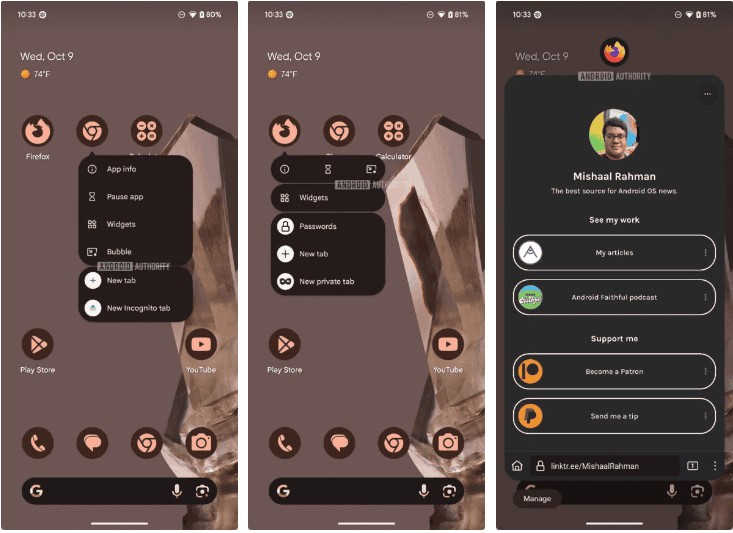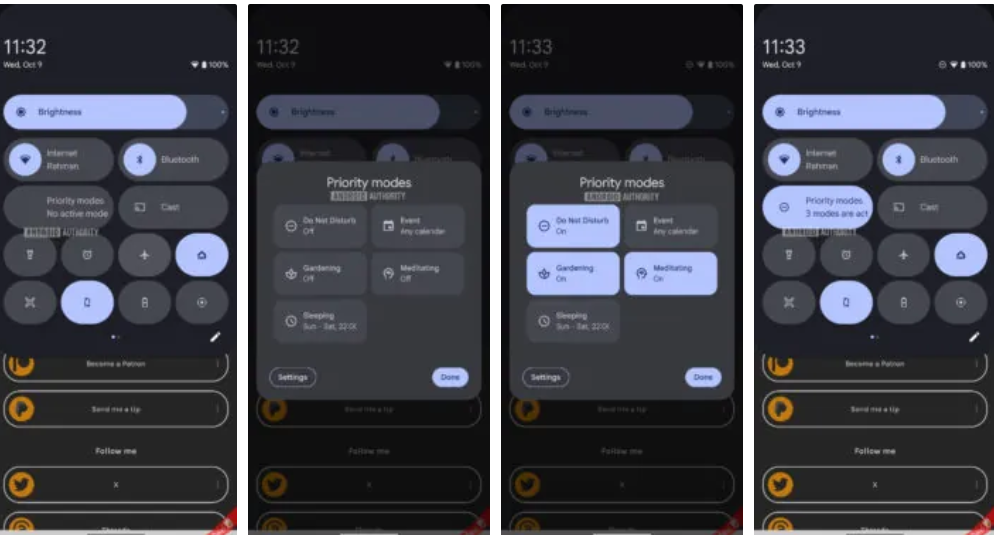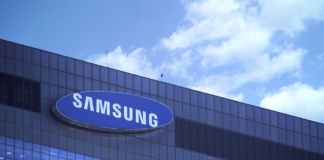The bubbles API was introduced with Android 11 in 2020, allowing messaging apps to display conversations in floating windows. You can quickly see or respond to messages from your favourite contacts through the floating window, which sits on top of other apps. Once you’re done chatting, you can minimize the floating window, which turns it into a floating icon you can restore later. Google is working on improving Android 16’s bubble API, which is sadly underutilized.
Now, Google is experimenting with that theory by allowing you to place any Android app in a floating bubble. Next year, Android Authority’s Mishaal Rahman predicts some significant multitasking improvements.
Google could let any app work in a pop-up bubble. The feature isn’t yet live, but Rahman enabled it on Android 15 QPR1 beta. The features discovered this year could end up not being available with Android 16, depending on how all the kinks are worked out.
Google appears to be opening up this API to all apps now. You could have a pop-up window for Chrome on your screen that would sit in a bubble. In most Android phones today, you can get a sort of pop-up view. Samsung pioneered this. Compared to a pop-up view, how would this new “bubble anything” differ? You could jump back into a set of bubbles on the side of your screen. This would make it easier to use.
Priority Modes
Turning on Android’s Do Not Disturb mode will allow you to focus on what you need to do. Apps, messages, phone calls, and alarms can be blocked by Do Not Disturb until it is turned off. Although you can customize it somewhat to restrict alerts to certain apps, people, or alarms, that’s about all you can do. Google is introducing a new feature in Android 16 called Priority Modes, which is essentially a supercharged version of Do Not Disturb.
Android 15 QPR1 Beta 2, released last month, has changed that. In the recent update, Google not only updated the Priority Modes menu in the Settings app but also made its Quick Settings tile fully functional after enabling Priority Modes. Priority Modes have been given their own Quick Settings tile, which opens up a dialogue that lets you quickly select which mode to enable. If any Priority Modes are enabled, the tile will tell you.
As part of Android 15 QPR1 Beta 2, the Priority Modes menu has been updated with new intro screens for Event and Sleeping modes. While Google will likely update the graphics on each intro screen in the future, the current graphics are placeholders. There is also a new UI for customizing the activation trigger and notification settings in QPR1 Beta 2. Additionally, the mode icon now lights up when it’s turned on.
When creating a custom Priority Mode, Google has also added many new icons. In QPR1 Beta 2, Android now offers 40 icons to choose from, so hopefully you’ll find one that suits your custom mode.








